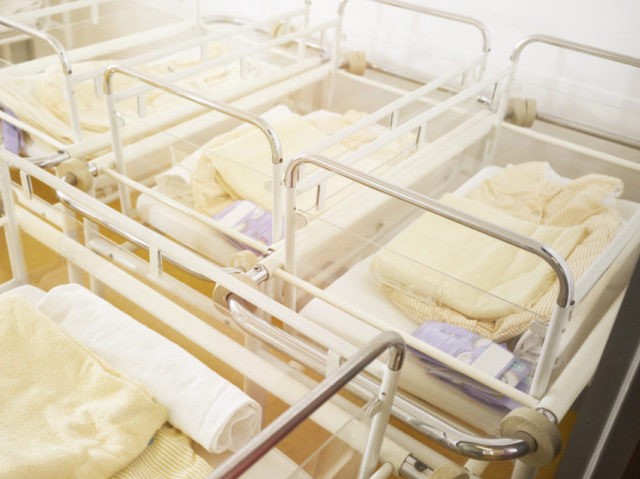Fewer babies were born in the United States last year than any time in the past 35 years, according to government data released Wednesday.
The Centers for Disease Control and Prevention said that births declined one percent in 2019, the fifth consecutive annual one percent decline. Around 3.75 million babies were born.
The general fertility rate fell 2 percent to 58.2 birthday per 1,000 women aged 15 to 44, the lowest level ever in records going back to 1909. From 2014 to 2019, the fertility rate has declined by an average of 2 percent per year.
The number of births declined 1 percent for black and Asian women. Births to white women and native Americans fell 2 percent. Births to Hispanic women remained unchanged.
Hispanic women give birth to around one-quarter of all children born in the U.S. The leveling off of the Hispanic birthrate has been a major driver of the decline in overall births.
The provisional total fertility rate, which is an estimate of the number of births that a hypothetical group of 1,000 women would have over their lifetimes, for the United States in 2019 was 1,705.0 births per 1,000 women, down 1 percent from the rate in 2018, another record low. Total fertility has generally been below replacement since 1971 and consistently below replacement since 2007.
Childbearing the U.S. slumped during the last recession and never recovered. It’s likely that Millennial childbearing has been depressed by low incomes, high home prices, and high levels of student debt. Historically high levels of immigrant labor competing for jobs and housing have prevented the birth slump from creating opportunities for younger people in the jobs and housing markets.
Birth rates declined for women aged 15 to 34 from 2018 to 2019, were unchanged for women aged 35 to 39, and rose for women aged 40 to 44.
The birth rate for teenagers was down 5 percent from the previous year. At 16 per 1,000 teenagers, this is the lowest rate on record. The rate has declined by 60 percent since 2007, the most recent period of continued decline, and 73 percent since 1991, the most recent peak.
The combination of fewer births and less net migration points toward a favorable demographic situation for U.S. workers in the decades ahead. Historically, a smaller workforce cohort puts upward pressure on wages. That is particularly true when immigration is low, preventing employers from depressing wages by hiring foreign workers. Economists believe that low immigration and low birthrates during the Great Depression helped trigger the Baby Boom of the late 1940s an 1950s and led to a huge improvement in middle-class standards of living in the U.S.

COMMENTS
Please let us know if you're having issues with commenting.